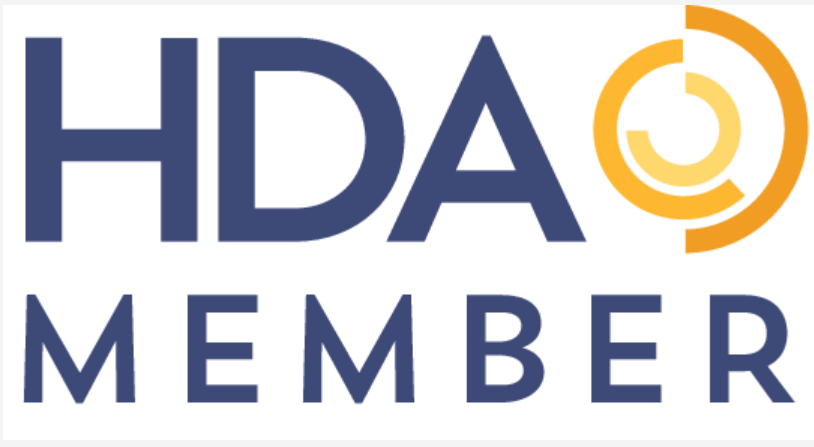Will FDA-3911 Forms Become DSCSA Gap FIllers?
With the fast-approaching wrap-up of the DSCSA stabilization period on November 27th, 2024, there remains a significant number of industry areas that need greater clarity, communication, and adoption. While participation across segments has improved in 2024, we still have a ways to go before the benefits expected from DSCSA can be more fully realized. This continues to be apparent in the still limited engagement of small dispensers, small distributors, and even some manufacturers regarding delays in serialized data integration through 3PLs and/or software providers.
Based on our work and discussions with stakeholders, including trading partners from across the supply chain, we believe there is a significant risk that DSCSA will remain ineffective into 2025 and/or see exponential growth in supply chain delays related to exception handling of products being treated as suspicious due to missing accurate serialization data. Beyond the risk of increasing product shortages, this has several other potential unpleasant consequences including filing FDA 3911 forms to ensure coverage in the risk of later detections of an illegitimate product. We remain optimistic that the industry will continue to take steps to avoid these situations but feel there is an urgency to act now. Some may be holding on to the hope that the FDA will provide a further stabilization period for some parts of the supply chain but we cannot ignore that this means delaying the enablement of full product ownership traceability that would play asignificant role in safe-guarding patients.
Here are some practical actions the industry can take to help avoid these risks:
- Compliance. FDA and state regulators need to show they are engaging in the implementation of DSCSA, including eventually holding any who do not comply accountable. They should also make training available for any regulated trading partner to clearly understand how they should be complying and any expectations on inspections/investigations through guidance or policy documents.
- Procedures. All trading partners should ensure they have policies and SOPs in place to ensure communication and handling requirements of DSCSA such as suspect/illegitimate quarantine and investigation. They will also need to ensure readiness for requirements related to receiving data, sending data, handling product tracing, or product verification requirements. Ten Count offers various levels of DSCSA assessment to help trading partners determine where they are in DSCSA readiness including options for full SOP reviews and redlining.
- Aggregated Serialization Data. Manufacturers and repackagers need to ensure they are sending (or making available through a portal where agreed) fully aggregated EPCIS data and actively working with trading partners to ensure their data needs are met. Support teams should remain in place to handle new requests for onboarding or transition between agreed integration methods.
- Verification. Manufacturers/repackagers should ensure all of their GTINs are listed in the industry VRS system lookup directory with solution providers. They should also ensure verification request from any other solution provider are working and interoperable for downstream trading partners. We are encouraged by HDA efforts to ensure continous improvement and adoption of use cases beyond the basic saleable returns for wholesalers.
- Data Flow. Distributors should now be able to receive all EPCIS files currently being made available by any suppliers whether those suppliers are manufacturers, repackagers, or primary wholesalers. Distributors should also have support teams in place to onboard downstream customers to receive the related data. Distributors should not wait on full inbound supplier compliance but begin sending any and all serialization data to customers when related data feeds become available. Distributors should be able to handle exempt (unserialized) products as well as able to transition from unserialized to serialized at a lot level. This is best enabled by lot level flags for serialization enablement as it becomes available inbound and outbound.
- Dispensers. Dispensers should be working with all their suppliers to understand serialization data and/or test files that are available. Dispensers should also be assessing whether they need a full serialization data handling system(to handle receiving and sending serialization data) and be in the process of implementing it now. They may alternatively consider a scaled-down system or utilizing a distributor partner solution. NABP has announced they are launching Pulse by NABP to help small dispensers comply with DSCSA while using such systems through license checking, verification and planned product tracing tools.
- The Need for Greater Transparency. Solution Providers should avoid generalized statements such as 100% DSCSA compliance and instead educate by showing which pillars of DSCSA are being covered and what responsibilities are of their trading partner customers.
Ten Count continues to offer a free consultation to help trading partners of any size or sector understand their requirements and comply while minimizing wasted spend.
Reach out to us through info@tencountconsulting.com




